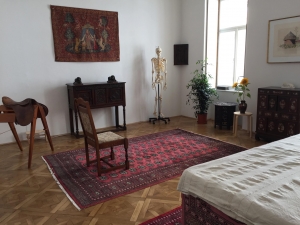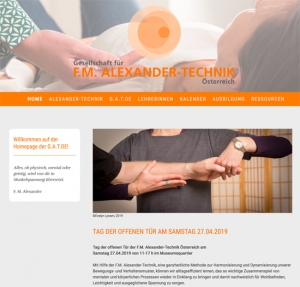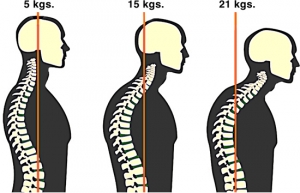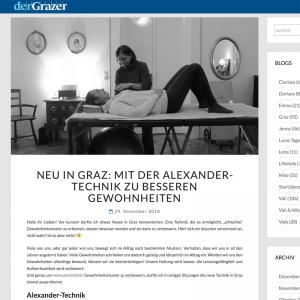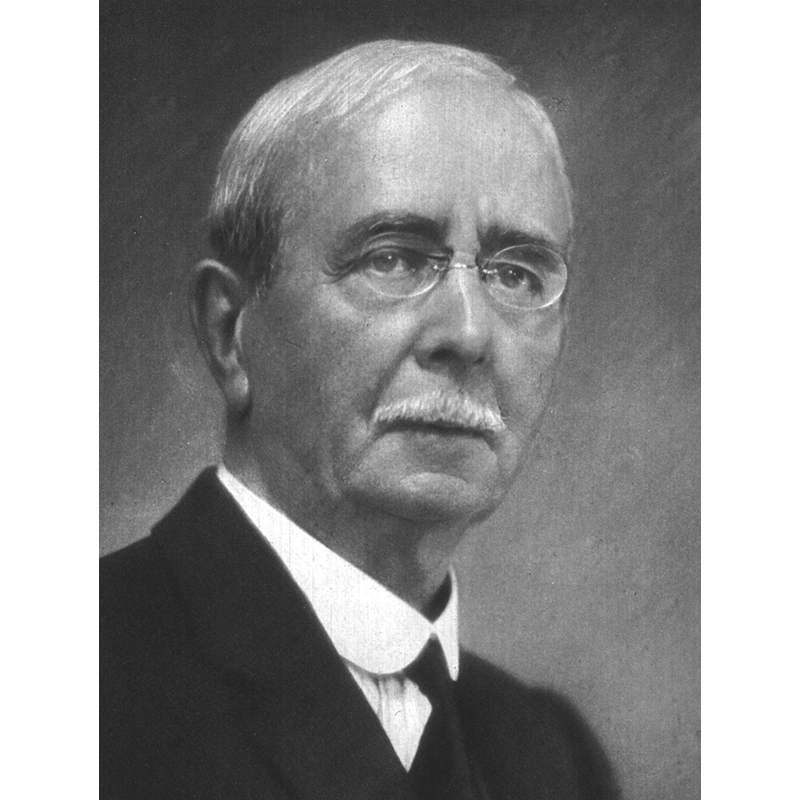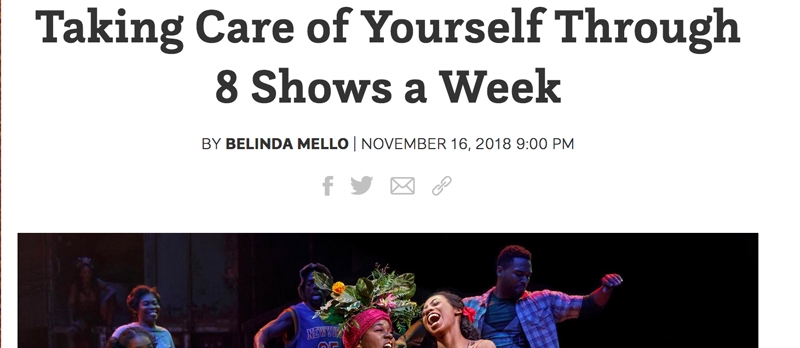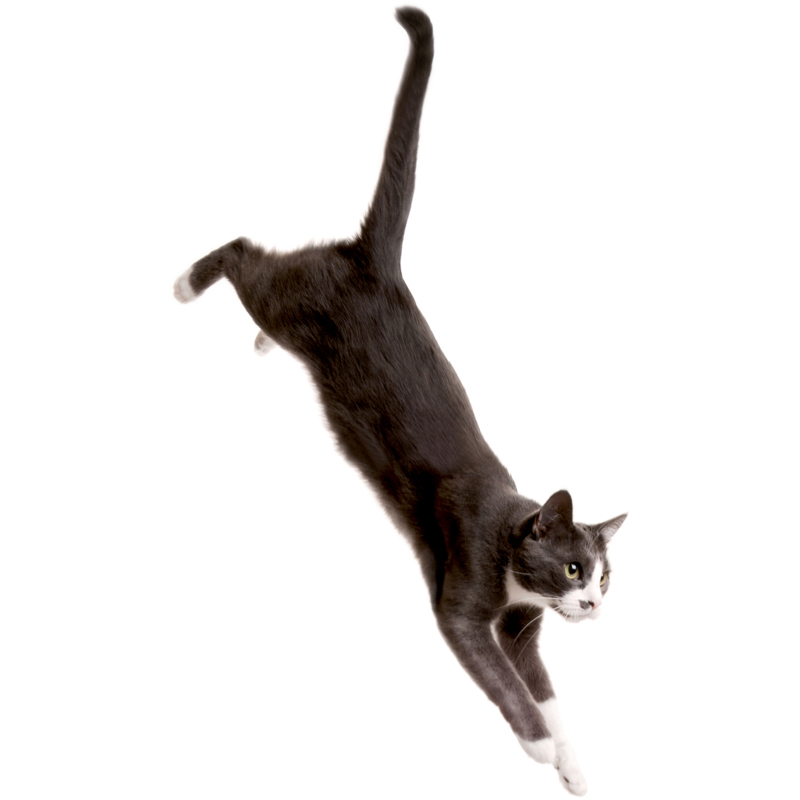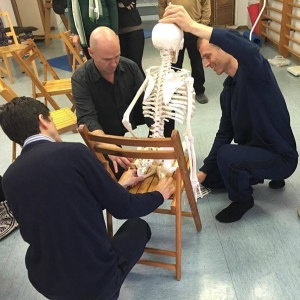
Our colleagues at the Wiener Ausbildungzentrum für Alexandertechnik are organising a workshop ‘Current Science and Alexander Technique’ with Dr Patrick Johnson and Dr Tim Cacciatore in May in Vienna, which we would like to recommend to all Alexander Technique teachers and trainees.
May 4th and 5th, 2019 – 10 am – 5:00 pm Saturday, 10 am – 4:00 pm Sunday
€ 170 ( € 150 if paid before March 30)
For questions and booking please contact Andreas Sandri: alexandertechnik@sandri.at
A PDF poster can be downloaded from G.A.T.OE. (Gesellschaft für Alexander-Technik Österreich).
Details
The goal of these workshops is to confront our current relationship with science and to get our scientific explanations and concepts up-to-date. We combine lectures, group activities, and discussion to identify and debunk misconceptions and to build new, current models that support what we do and how we communicate.
We emphasize rigor, jargon-free communication, and reference to current experiments.
Specific topics will include postural control, sensory appreciation, body schema, stress, biomechanics of procedures, emotions, inhibition, and direction. Activities will include body illusions, experiencing body schema in action, inhibition tests, and plenty of break out discussion groups. We will also be debunking outdated concepts such as tonic neck reflexes, righting reflexes, ingrained startle pattern, tensegrity, and natural movement.
About us
We have been giving these workshops for three years now, live and via webinars, in Ireland, Spain, England, Israel, The Netherlands, Brazil, Argentina, Mexico, and the USA for both AT teachers and teachers in training. Our initial goal was to communicate rigorous science of Alexander Technique in ways that are accessible and fun. The workshops have since grown in both content and scope. They are now part of a broader dialogue about how to think objectively, scientifically, and professionally about what we do. We are excited about the enthusiasm and content they have generated.
Dr. Johnson is a PhD. physicist and a practicing STAT/NeVLAT certified teacher of the Alexander technique with over 15 years of research experience and 8 years of AT teaching experience. Dr. Cacciatore is a PhD. Neuroscientist and STAT certified teacher, author of many peer reviewed scientific articles on Alexander technique, with 20 years of research experience.
For whom?
This workshop is for Alexander teachers, teachers in training, and students who want to understand Alexander technique from a scientific perspective. No background in science is needed. For participants who have taken workshops with us before, this workshop will serve both as a review and reinforcement of concepts and will include new material – we are constantly updating our material
Location:
Wiener Ausbildungszentrum für Alexandertechnik.
Lustgasse 3, 1030 Vienna
Austria
Time:
May 4th and 5th, 2019 – 10 am – 5:00 pm Saturday, 10 am – 4:00 pm Sunday
Price:
€ 170 ( € 150 if paid before March 30)
Contact:
alexandertechnik@sandri.at

